We’re charging up our battery
And now we’re full of energy
We’re functioning automatic
And we are dancing mechanic
(We are the Robots, Kraftwerk, 1978)
During a talk in school last week I learnt of a chilling statistic that haunted me for a few days afterwards. A major American research project involving a NASA-devised test designed to measure levels of creativity had shown a stark decline in levels of creativity amongst children as they grew up. The proportion of people who scored at the ‘Genius Level’ of creativity were:
• amongst 3 year olds: 98%
• amongst 10 year olds: 30%
• amongst 15 year olds: 12%
• amongst adults: 2%
Such unsettling and somewhat depressing figures point clearly to what has been termed the Global Creativity Gap and widespread concern that at a time when we need to harness human creativity more than ever, with the increasing automation of processes and programmed mechanisation, this fundamental attribute appears to be diminishing.
Other research has shown that whilst 80% of people feel that the development of creativity in society around the world will be key to economic growth, 80% of people also feel that being productive is currently more highly valued in their work than being creative. Such a fundamental dichotomy between what ‘works for now’ and what is nevertheless ‘needed for tomorrow’ is not uncommon, of course. Many of the great leaders in history recognised this and famously discarded the well-trodden paths for those less travelled, knowing that to be sustainably successful they needed to continuously innovate and be transformational in their thinking. Of course to be innovative and transformational, you need to be creative….
It’s remarkable to consider how many famously creative and successful people failed to distinguish themselves in a standard educational sense. Charles Darwin, Steve Jobs and Bill Gates all dropped out of university, Sir Richard Branson, Henry Ford and Alan Sugar never made it to university and Albert Einstein and Marlon Brando never even made it to the end of school. So what is it about conventional education models, and society more generally, that stifles creativity at a time when we need it more than ever?
The talk of last week I referred to at the start was given by Alicia Drummond; ‘counsellor, parenting coach and mother of teenagers’ (as she describes herself on her website lets-talk.uk.com), originally of The Wirral, who we have invited into school to provide her excellent parent workshop and talks to pupils and parents. The point Alicia made subsequently was that if we want to maintain and nurture that essential spark of creativity in our children, we need to let them to take risks and live their lives freely.
Far from encouraging young people to leap off tall buildings and join hippy colonies, Alicia explained that many parents today instinctively default to being over-protective and don’t do enough to encourage their children to get out and about, do slightly crazy things and get things wrong every now and then, whilst not giving up. The broader context is that societal norms and pressures tend to mitigate against such activities. Whilst I spent much of my childhood in the Lake District with my sister and a few pals charging around fields, climbing trees, damming streams and rolling each other down hills in old oil drums, I have to admit I’m not sure I’d be wholly comfortable letting my children do the same from dawn until dusk today.
It seems that schools, particularly those that are traditional bastions of routine and transaction, don’t help either. When children are very young they are encouraged to use their imagination, draw, dance and make up stories. As they get older the emphasis shifts to learning and reciting facts and then onto tests and exams which assess you according to the ‘right’ answers. As one gets older still, the exams get more important still and reinforce ‘convergent thinking’ where you simply accept ideas, order them and replicate them.
It may come as no surprise therefore that the countries with the highest levels of creativity – Finland and Sweden for instance – are those where formal schooling starts relatively late at 6 or 7 years old. It also explains why so many of those famous creative people did not engage with school and often ended up expelled as a result.
So what can we do to encourage ‘divergent thinking’ where one imagines and creates new ideas, often loosely based on previous ones (but fundamentally different), which then need careful and persistent nurturing to develop them to their full glory? Firstly, by making sure that school curriculums and teaching styles are consciously and deliberately designed to allow creativity to flourish amongst children. This has been the mission of educationalist Ken Robinson, who famously said ‘we are preparing students for jobs that don’t exist yet’ and who was responsible for the most viewed TED talk of all time ‘Do Schools Kill Creativity?’ (50 million Youtube views and rising). Robinson believes a healthy provision of Creative Arts (especially dance and drama, as it happens) in schools is vital but also rightly suggests that creativity can be incorporated and encouraged in any part of the curriculum.
I believe the other thing schools can do, as Alicia encouraged with parents, is to create cultures where it’s OK to take risks, fine to get things wrong every now and then and important to keep going when the going gets tough. Being creative needs a certain mindset and can be really hard work, particularly when things continuously don’t work out the way you want them to. If we want to produce the best creative minds, we need to recognise the importance of risk and resilience and accept that often this takes courage, audacity and perhaps even a bit of recklessness. ‘After all an idea that is not dangerous is unworthy of being called an idea at all’ (Oscar Wilde).















